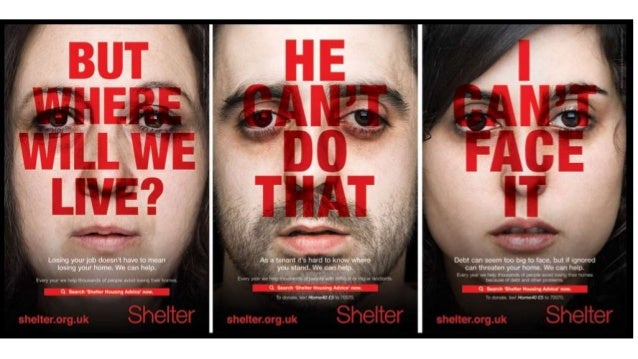- Is a song by French DJ and music producer David Guetta featuring vocals by Australian recording artist Sia.
- Was written by Sia, David Guetta, Giorgio Tuinfort and Afrojack.
- it was initially released for digital download on August 8th, 2011, then it was later released as the album's fourth single in December 2011.
- is a ballad which draws from the genres of house and urban dance.
- Jason Lipshutz of Billboard magazine noted that "the supernatural scene and suburban setting" in the video recall the science fiction film Super 8 (2011), in which Lee stars. Becky Bain of Idolater wrote that, "The video is beautifully shot, and is courageous enough not to answer all its mysteries." A writer for Capital FM called it a "very cinematic video"
- The song's lyrics are about inner strength (More on this later)
- The song's accompanying music video premiered on December 21, 2011 but does not feature appearances by Guetta or Sia. Instead, the video focuses on a young boy, played by actor Ryan Lee, with supernatural powers.
- Along with other songs, "Titanium" was pulled from radio stations in the US after the Sandy Hook Elementary School shooting in December 2012, "Titanium" was pulled from radio stations in the United States due to the use of gun-related lyrics in the song.
- The music video for "Titanium" was directed by David Wilson. It was filmed in December 2011 in Sainte-Marthe-sur-le-Lac and at Dorval-Jean XXIII High School, in the province of Quebec, Canada.
- A 14-second preview of the video was uploaded to Guetta's official YouTube account on December 16, 2011. The full video premiered online on December 20, 2011.
Intertextuality:
Suggestions are mix of 80s influence, sci-fi, teens and the supernatural Research these?
Terminator 2 (titanium), Super 8 (the boy is in this film) ET (bike, suburbs, child's pov)
and Superargo film.
Themes:
SUPERNATURAL
SPECIAL POWERS
PUBERTY AFFECTING BODY AND MIND
INNER STRENGTH
STANDING UP FOR WHAT IS RIGHT/WHAT YOU BELIEVE IN
ADULTS V CHILDREN
Further meanings:
·
His upbringing was very traditional, being raised
as a Muslim and at age 13 he began mixing music, which enraged his father, who
wanted something else for his future. In the end, he proved that even if the
world was against him, he would make it whether people liked it or not. That is
the idea behind the video.
·
Titanium talks about our inner strength and being
strong in ourselves. The meaning of this song is to be strong even when the
world is throwing its worse at you. When bad things happen we must stand strong
and not fall. As the song states, we must be "Titanium" which means
to be strong hearted and strong willed. The first lyrics in the song talk about
ignoring people who will shout at us and yell at us to put us down.
·
The song uses symbolism that extends throughout the
whole song. The song uses guns and bullets as a metaphor to the hateful words
that people will say to us. In the chorus Sia, the vocalist of the song, sings
about being bullet proof. This means that we should not worry about what people
say about us. In verse two, the song talks about how people can continue to
shoot us down but its not us who will be hurt more if we stand our ground.
·
This song has a very empowering message to give to
those who are bullied by people who continue to spew out hateful words and
comments from their mouths.
·
Although the song's style of pop, techno music
might draw a person away from the meaningful words, it has a very strong moral
message
·
It means that when somebody is holding you down or
lets say teasing you that you have something special in you that can make a
difference and to not be afraid to show your true personality!

